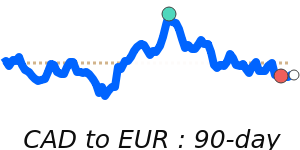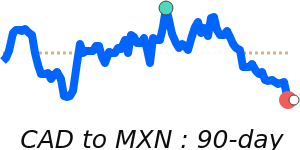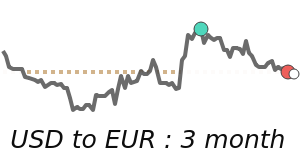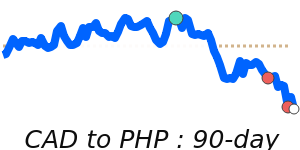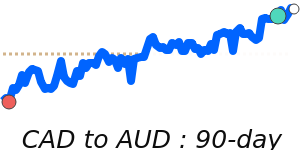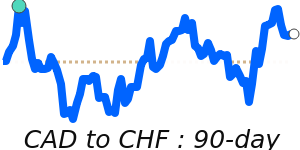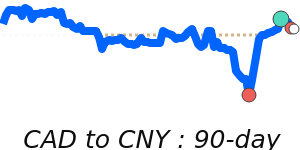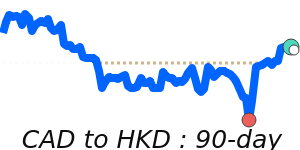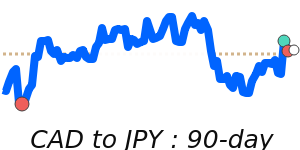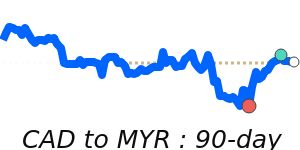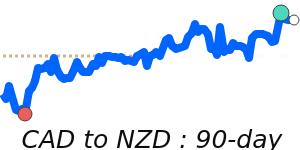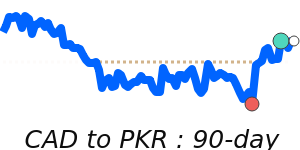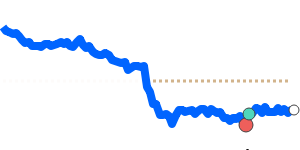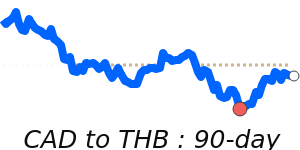The Canadian dollar (CAD), commonly referred to as the "loonie," has remained relatively flat as oil prices encounter stagnation. Recently, the CAD has been trading at 90-day highs against several major currencies, which may encourage optimism among traders. Specifically, the CAD to USD exchange rate is near 0.7312, representing a 2% increase above its three-month average and holding steady within a 3.2% trading range. Similar trends are observed with the CAD to EUR and CAD to GBP, indicating robustness against these currencies as well.
Key factors impacting the CAD include trade policy uncertainty stemming from recent U.S. tariffs on Canadian imports, which have led to heightened market volatility. This trade tension could continue to affect sentiment towards the loonie. Moreover, the Bank of Canada's interest rate decision to maintain its policy rate at 2.25% contrasts with potential forthcoming cuts from the U.S. Federal Reserve, further influencing the CAD's valuation against the USD.
Commodity prices, particularly oil, play a vital role in the CAD's performance. With Canada being one of the largest oil exporters, fluctuations in oil prices directly affect the currency. Currently, oil is trading at a seven-day high of 62.29 USD, yet it's still 2% below its three-month average. This volatility may exert downward pressure on the CAD, especially as oil prices swung within an 18.8% range recently.
Despite the challenges from trade relations and fluctuating oil prices, supportive economic indicators such as Canada's 2.6% GDP growth in the third quarter and a decreasing unemployment rate of 6.5% may bolster the loonie's outlook. The interplay between commodity prices, economic strength, and geopolitical dynamics will continue to dictate the direction of the CAD. Analysts suggest that monitoring these factors closely will be essential for businesses and individuals engaged in international transactions to strategize effectively.


